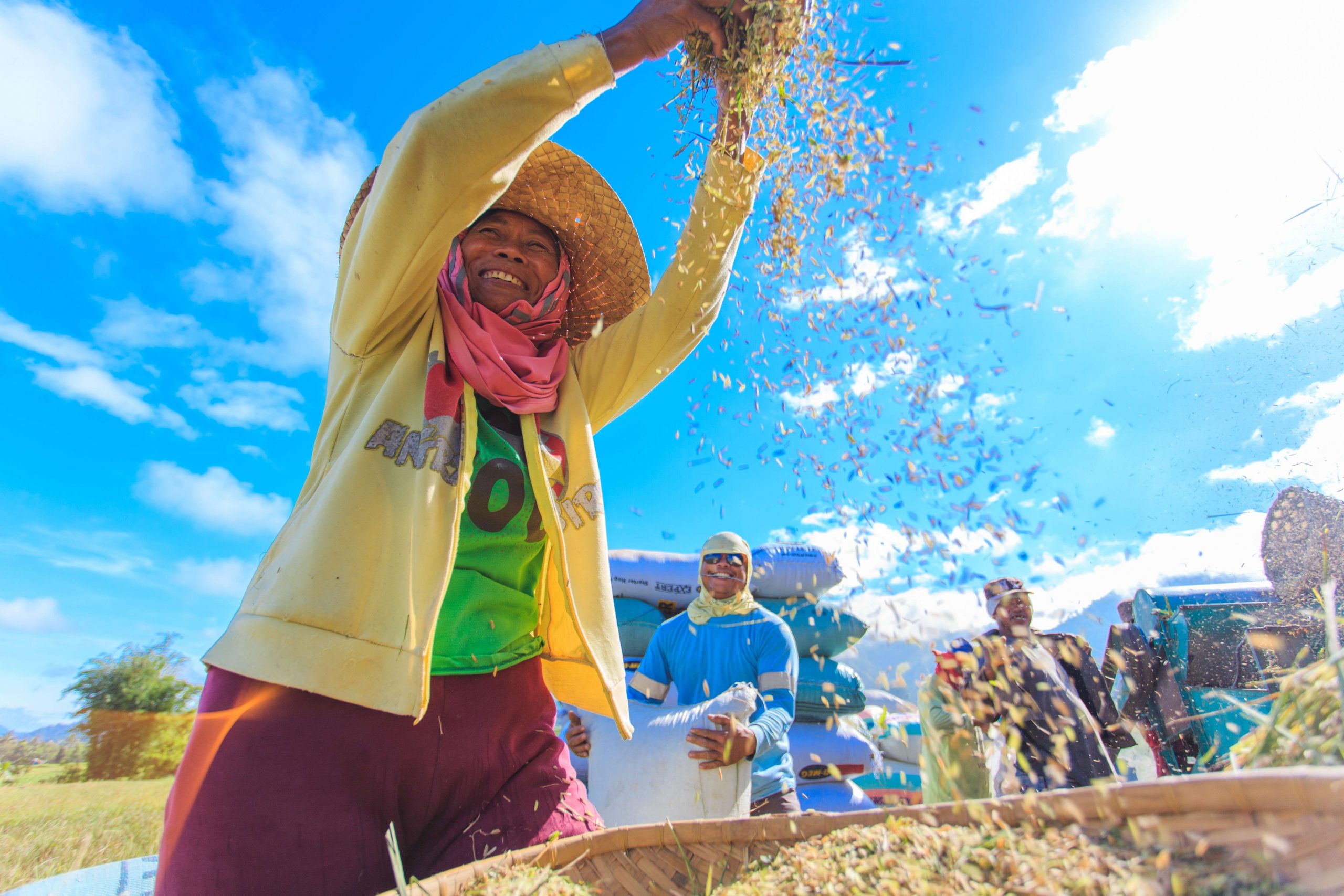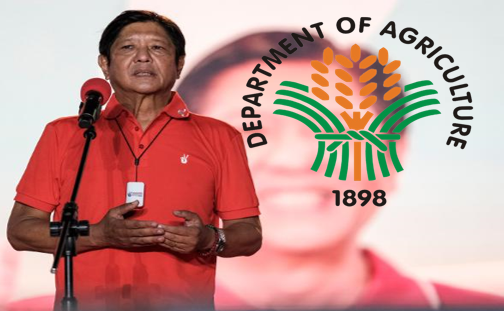The campaign promise of top presidential candidate Ferdinand Marcos Jr. to lower retail rice prices to P20 to P30 per kilo is attainable, according to Socioeconomic Planning Secretary Karl Kendrick Chua on Thursday. Under his administration, Marcos Jr. stated he would propose a rice price cap and force government organizations to act as middlemen in harvest procurement.

It would reduce rice prices to P20 to P30 per kilogram from the current P38 to P50 per kilogram for Metro Manila commercial rice and P37.00 to P52.00 for imported commercial rice.

Chua, the chief of the state-planning organization National Economic and Development Authority (NEDA), stated during a press conference, “If our support for our rice farmers is very targeted and efficient, then I think it is a possibility.”

Chua stated that under a liberalized trade system and the rice tariffication law, getting the retail price of rice to the level promised by Marcos Jr. is attainable.
According to data from the Department of Agriculture, the government has produced record harvests of 19.2 million metric tons and 19.96 million metric tons in 2020 and 2021, respectively, following the implementation of the Rice Tariffication law.

Chua, on the other hand, stated that if farmer support takes the form of a non-tied subsidy, the goal of lowering rice prices to P20 to P30 per kilo “might be a problem.”
The NEDA chief stated that “If we are going to use taxpayers’ money solely to subsidize without conditions and without any productivity measures, then that’s a bad idea.”
The country’s chief economist also expressed confidence in the future administration’s promise not to change the rice tariffication law, calling it “is the best model that we have to help farmers and consumers.”

Chua stated that “By removing quantitative restrictions, we were able to address both the needs of consumers for lower retail price of rice and use the funding from the tariff, which I believe was at P18 billion last year to fully fund the RCEF or Rice Competitiveness Enhancement Fund.”
“Those calling for the removal of the RTL risks taking away P18 [billion] we are giving to farmers to improve their productivity,” he stated.
The Rice Tariffication Act allowed for the unrestricted importing of rice, but at a higher tax. The measure is intended to decrease rice prices by flooding the market with imports.

To preserve the local industry, the law establishes a P10 billion Rice Competitiveness Enhancement Fund (RCEF), which would be used to offer incentives to farmers for agricultural mechanization equipment.
Chua stated that “Under Rice Tariffication, the programs are expected to increase the yield per hectare from four metric tons to five or six metric tons, so that is possible actually.”







